READY TO GET STARTED?
REQUEST A FREE ESTIMATE
Fill out the form below or call (855) 789-9807 for a free, no-obligation estimate.
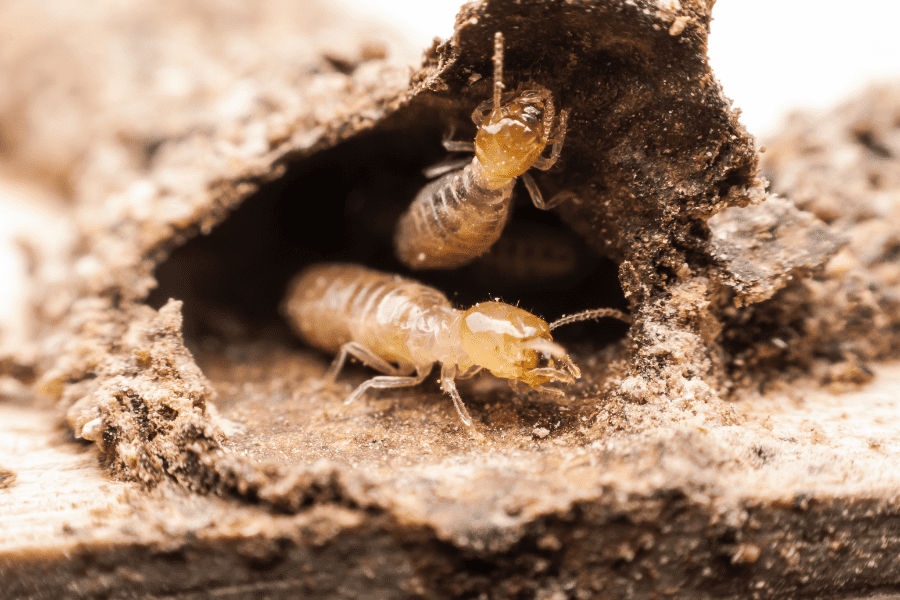
Termites are known as silent destroyers, meaning they can go undetected for a long period of time, making their destruction devasting. Common termite species, such as subterranean termites, will infest our Augusta homes and damage the infrastructure, costing billions of dollars in repair. It can be difficult to detect subterranean termites, often hiding until the damage is done, but it is possible. To prevent termites, every homeowner should recognize signs of termite infestations. Check out our top 5 signs of termites that you might see in your home:
Often found on exterior surfaces, subterranean termites create mud tubes that allow them to move back and forth between their nest and their food source, which is often your home. These tunnels help protect termites from any predators and provide moisture for survival. Usually, mud tubes can be found wrapped around walls, ceilings, and floors. Mud tubes are common signs of termites.
Sometimes, hearing noises is your first sign of a termite infestation. Often, if a termite colony has infested your home, you can hear a faint clicking or knocking sound coming from behind walls and other voids. Termites create this noise when a soldier termite bangs their head against wood or vibrates their bodies to signal damage to their colony. When you listen closely, you can also hear termites chewing through wood.
Have you noticed hollow wood inside your home or in trees throughout your yard? If so, this is a major sign that termites have established a colony on your property. These pests destroy wood from the inside out, leaving only a thin layer of wood behind. When checking for hollow wood, try tapping on the area in question. You’ll hear a hollow or paper sound, indicating an infestation. Other signs include blistering or bubbling paint in or near wood structures, including windows and door trims.
Frass is the name for the waste termites leave behind. When subterranean termites travel through wood, they will push debris and waste out behind them through tiny openings. You may notice small black marks or a dark powdery substance around the infested area with small piles of sawdust-like droppings. These sawdust droppings are frass and are usually the color of the structural wood infested.
The most obvious sign of a termite infestation is seeing the damaged wood itself. Floor, window, and door damage is a major indication that termites are inside. Another indication includes windows and doors not opening or closing smoothly. Take note of any floors that buckle or sag and have them inspected.
If you’ve noticed any of these termite signs or damage, consider contacting your pest control company for a thorough inspection and treatment plan before any more termite damage is done.
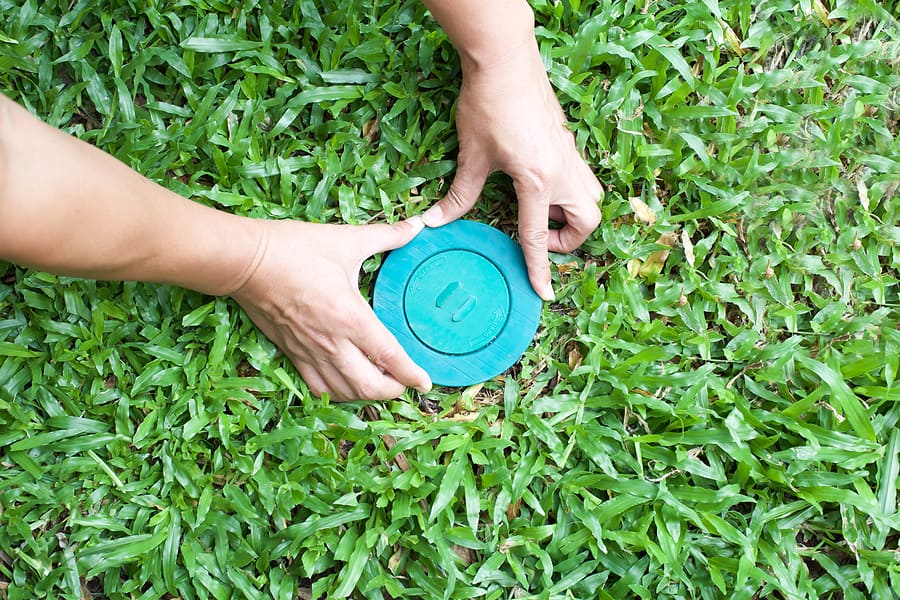
Termites are household pests that can cause significant damage in a short amount of time, leaving homeowners with costly repairs. In fact, most homeowner’s policies do not cover termite damage. There are two major types of termites that cause damage to homes: subterranean termites and drywood termites. The type of termite you are dealing with, along with the size of the colony and extent of the damage all determine what type of termite treatment will be most effective. Preparation of your home will depend on which treatment will be performed.
For liquid-soil treatment, a trench is dug around the perimeter of your home where termiticide is applied and then filled back in. For this type of treatment, no preparation is required.
Bait stations are strategically placed in the ground around your home. These treatments also do not require any preparation.
Fumigant treatments are the most extensive and also require you to prepare your home prior to treatment. During fumigation, a tent will be placed over your home and gas will be released, killing any termites that are present, even those in hard to reach areas. You can get your home ready for fumigation by:
Termites can be difficult to get rid of once an infestation has established. Contact your local pest control company for a termite inspection and appropriate treatment options.
Rodents to Lookout for this Winter
Are Spiders More Common In Winter?
When Does Swarming Season Begin?
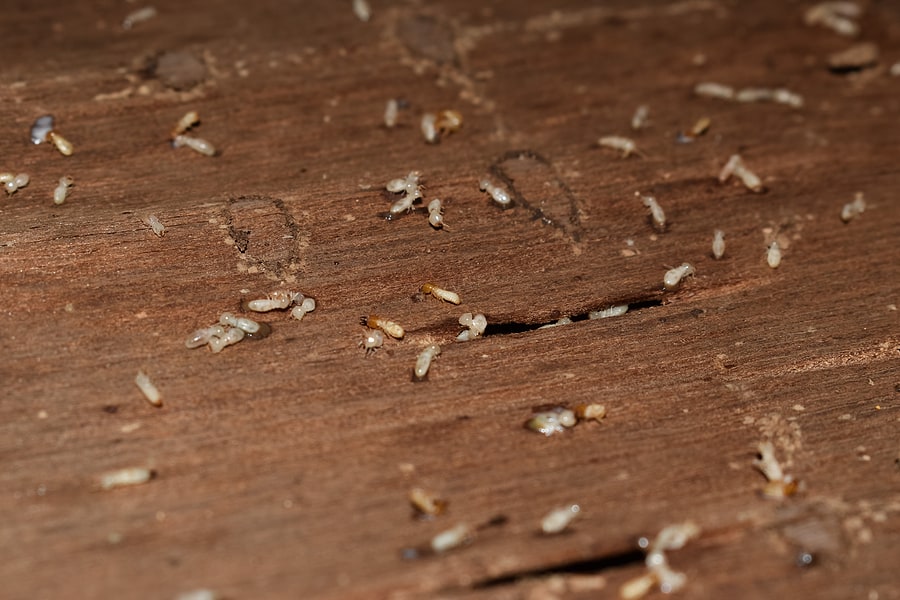
Termites are highly destructive household pests, causing billions of dollars in damages to homeowners annually. Most homeowner’s policies don’t cover termite damage. What options do homeowners have to protect themselves from these pests?
Two options that are available are a termite warranty and a termite bond. These terms are often used interchangeably but they are, in fact, different.
A termite warranty is similar to an insurance policy you take out against termites. It is insured by an insurance company and allows for more coverage against damages. These warranties will also include an agreement for ongoing monitoring and/or maintenance for the length of the warranty term. They also require the termite control company who provides it to treat for termites if they are found on their annual termite inspection during the warranty period. It can also specify if the pest control company will repair any damages from termites or if they will only retreat the home. Some warranties can even be transferred between homeowners (such as during the sale of the home) but others cannot be transferred.
Termite bonds are similar to warranties. The difference between the two is that bonds require the pest control company to hold a specified amount of money in a surety bond.
Some kind of protection against termites and termite damage is beneficial to homeowners. If you are interested in scheduling a termite inspection or taking out coverage against termites, contact your pest control company for more information.
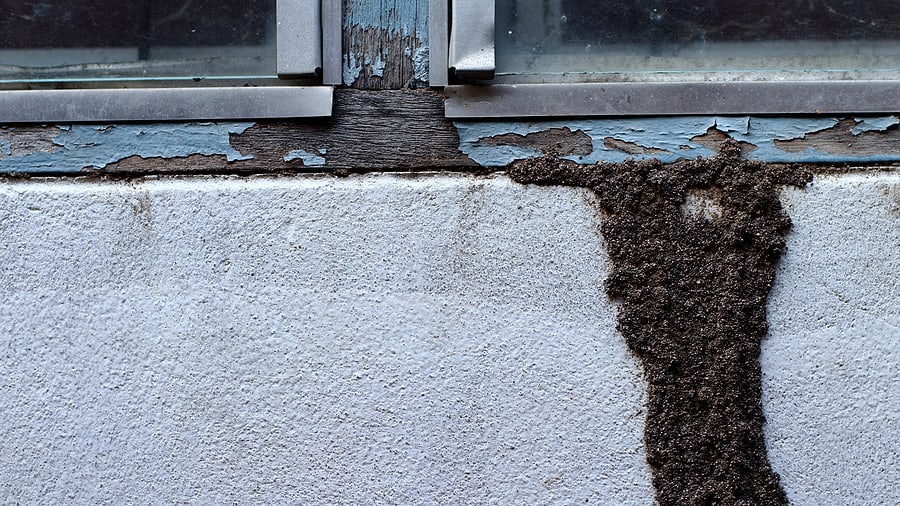
An annual termite inspection is a huge part of termite control. These inspections not only look for signs of termite activity and previous damage, they also look for any areas of your home that might be at risk for future termite infestations. Although termite season peaks in spring and early summer, you can schedule your inspection at any time during the year. What’s most important is that you have it done every year; termites can go undetected for long periods of time so annual inspections can help catch this activity early, saving you on costly treatments and repairs.
The good news about termite inspections is that most companies will perform them for free (unless it’s part of a real estate transaction). In most cases, once the inspection is complete then you will pay for either a treatment (if activity is found) and/or to have your termite bond renewed for the next year.
Once you schedule your termite inspection, the next step is to prepare for your technician’s arrival. Make sure to remove anything under your kitchen and bathroom sinks to allow them to check for any water damage or termite activity in these hotspot areas. In your garage, make sure anything stacked against the walls is pulled out at least 2 feet. The same goes for anything touching the exterior walls of your home. Remove any items that might be blocking the entrance to your attic or crawlspace. Trim any bushes or plants that conceal your exterior walls, crawlspace opening, or foundation.
The average inspection will last anywhere from 45 minutes to 2 hours, depending on the size of your home and property. A technician will carefully inspect both the inside and outside of your home, looking for signs of termites including droppings, discarded wings, mud tubes, damaged wood, and live termites). They will also check for any signs of previous termite damage. A termite inspection should include examination of baseboards, walls, windows, crawlspaces, door frames, windowsills and frames, inside cabinets and closets, attics, garages, and foundations. They will take extra care when inspecting kitchens, bathrooms, and utility rooms since termites will often use plumbing that passes through foundations to gain access to your home. They will also check the surrounding property and outbuildings, as well.
If termite activity is detected, appropriate termite treatment options will be suggested. If there are no signs of activity or infestation, termite prevention tips may also be recommended to help prevent any future damage. Some things you can do around the house include:
If you suspect termite activity or just want to get a step ahead at termite prevention, contact your local pest control company and schedule your free inspection.
How to Continue Caring for Your Lawn in the Fall
9 Common Spiders To Look Out For This Fall
Fall Spider Identification Guide
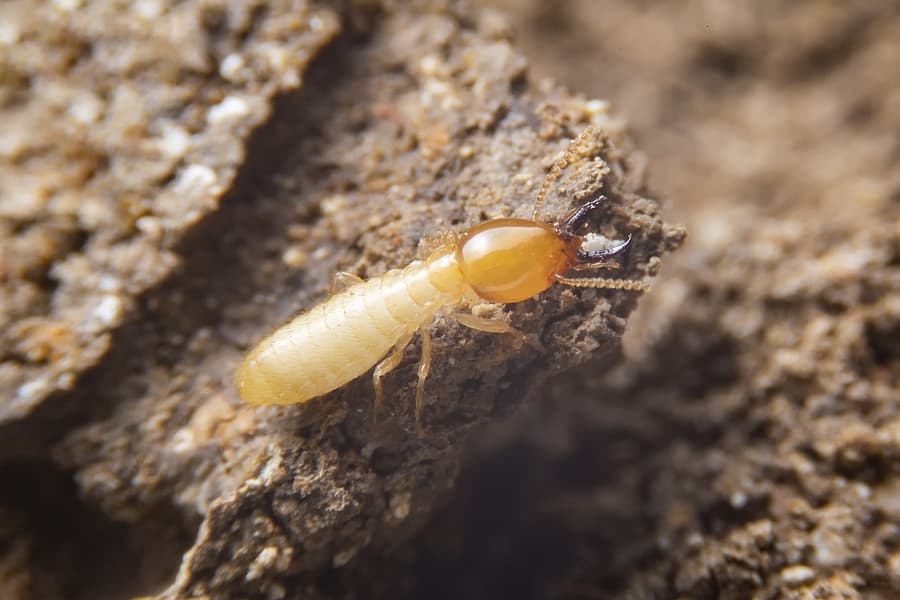
Termites are year-round pests, causing structural damage to homes and properties. The Miami-Gardens climate is hot and humid, the perfect conditions for termites. Every homeowner should implement termite control by placing certain preventative measures throughout their property to help avoid a termite infestation.
One of the most common termites in the U.S. is the subterranean termite. These termites live in colonies underground and will build mud tubes to reach food above the ground. They will often create contact between wood and soil in crawlspaces or areas underneath your home for an entry point.
Throughout your property, make sure that you keep all lumber, wood, and mulch away from your foundation. If you are utilizing firewood, look to place it at least 20 feet away from your home, raised about 8 inches off the ground and stored in plastic containers with lids. If you have a wood fence near the home, make it a routine to check for rotted or infested wood.
Most termite species need moisture to survive, often looking to our homes to find it. To help reduce the risk of termites infesting your home, reduce moisture inside and outside. Check that your gutters and downspouts are pointing away from your foundation. If you’re using a sprinkler, make sure it isn’t spraying on your home. Look inside your home for any plumbing leaks; don’t forget to check your crawlspace for leaks too. Consider investing in crawlspace enclosure, as this will reduce moisture, decrease humidity, prevent mold, avoid wood rot, and prevent termite infestations.
Termites can be hard to spot on your own. These pests can go undetected for long periods, causing significant damage before you realize they’ve been there. Consider reaching out to your local Miami-Gardens pest control company which can perform an annual termite inspection. These professionals can identify signs of termites and take quick action for termite treatments to avoid a full-blown infestation. Even if you don’t suspect you have termites, it’s always a good idea to get ahead of the game when it comes to protecting against termites.